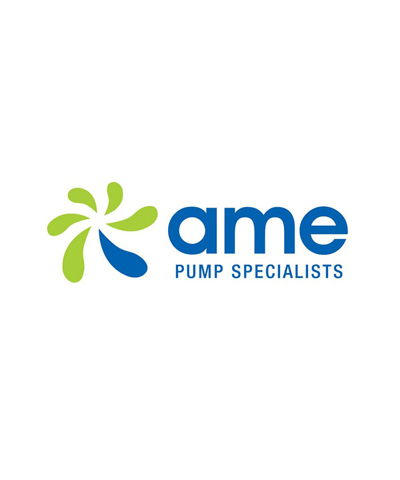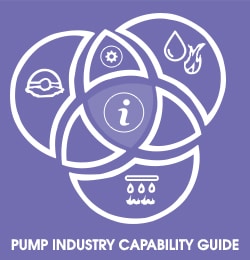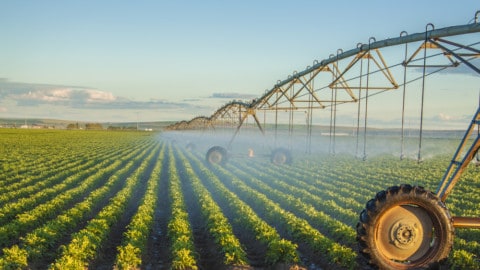ACTEW Water has released a video which explains the water treatment process at its Lower Molonglo Water Quality Control Centre (LMWQCC), highlighting the fact that the treated water discharged from the centre plays an important role in keeping local rivers flowing and supporting aquatic life.
According to the utility, it’s vital that the discharged water from their sewage management process is clean enough to ensure not only the health of the environment, but of the animals living in it and surrounding human populations.
During dry periods the treated water can provide a significant portion of the total flow of both the Molonglo and Murrumbidgee Rivers downstream of the plant. Without this discharge the river could run dry causing serious issues for the animal life reliant on the river and for downstream users.
ACTEW Water Process Engineer Laura Fuhrman said “We’ve got platypuses downstream we want to keep alive and in fact in summer when it’s really quite dry, the proportion of water that we’re discharging can form the majority of the flow in the Molonglo River and a large proportion of the Murrumbidgee River. We’re actually keeping the river alive so it’s very important we get it right.”
Due to this significant contribution to local river systems, maintaining water quality and the effectiveness of the treatment is a high priority.
The treatment process also inhibits algae growth ensuring there are no significant outbreaks of dangerous blue green algae in our water system.
To ensure that these high standards are met, extensive monitoring is undertaken to ensure water quality, and ecological monitoring provides information on the river’s health. Even the number of tiny crustaceans and insects are regularly monitored.
ACTEW Water Team Leader of Impact Assessment and Approvals Ben Bryant explains how this works on ground level across the entire business: “We make sure that the chlorine that’s in our water when it’s released to the environment doesn’t harm our aquatic organisms, we ensure that our environmental flows that we release from our dams are appropriate and meet our license conditions.
“We also look at our excavated material that we do from our dig ups from our sewerage jobs and our water jobs, making sure that we reuse that material on site where we can, and if not how do we responsibly manage that excess fill.
“We work hand in hand with the operators of our plants to come up with environment management plans to reduce the impacts the plant might have.”
















